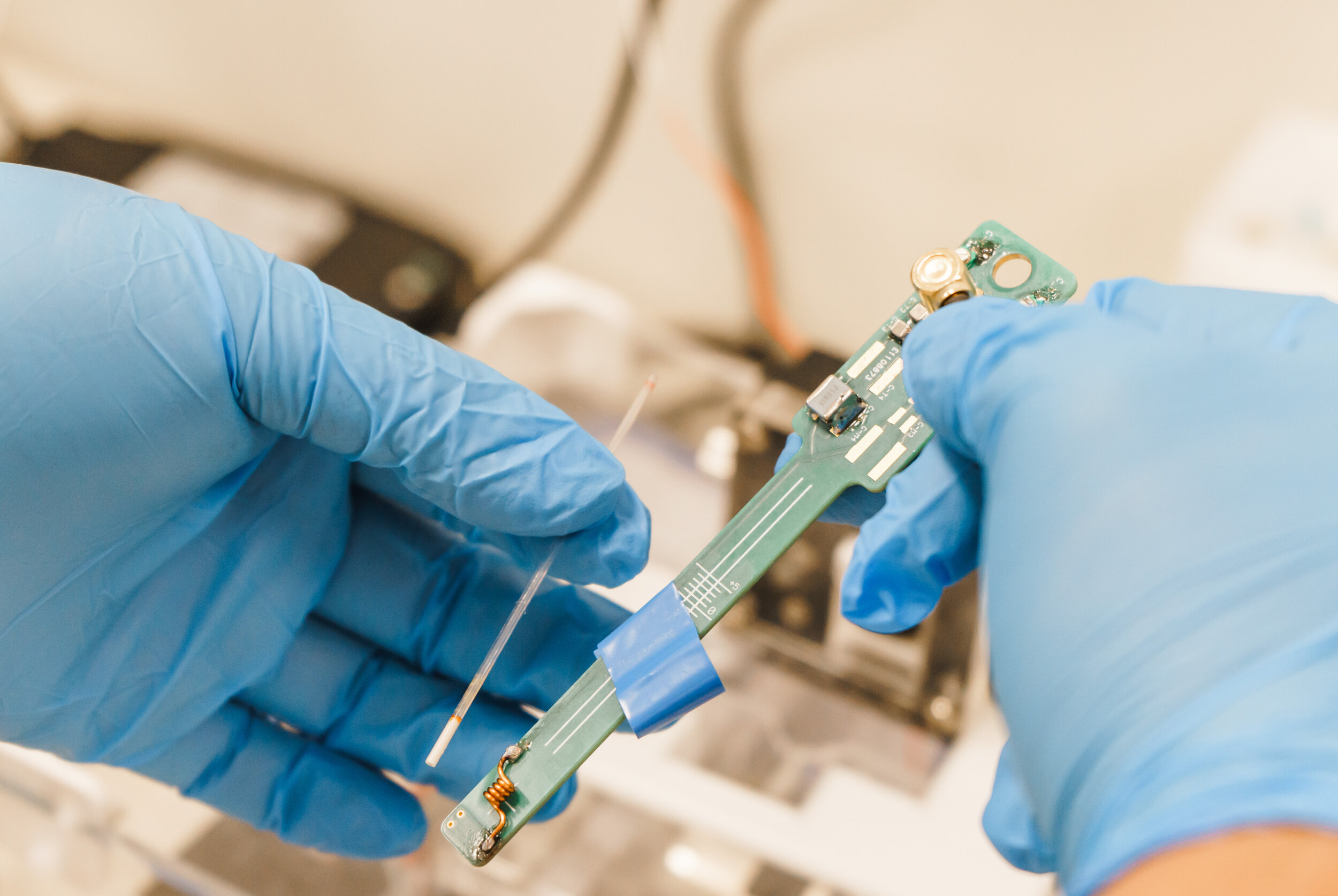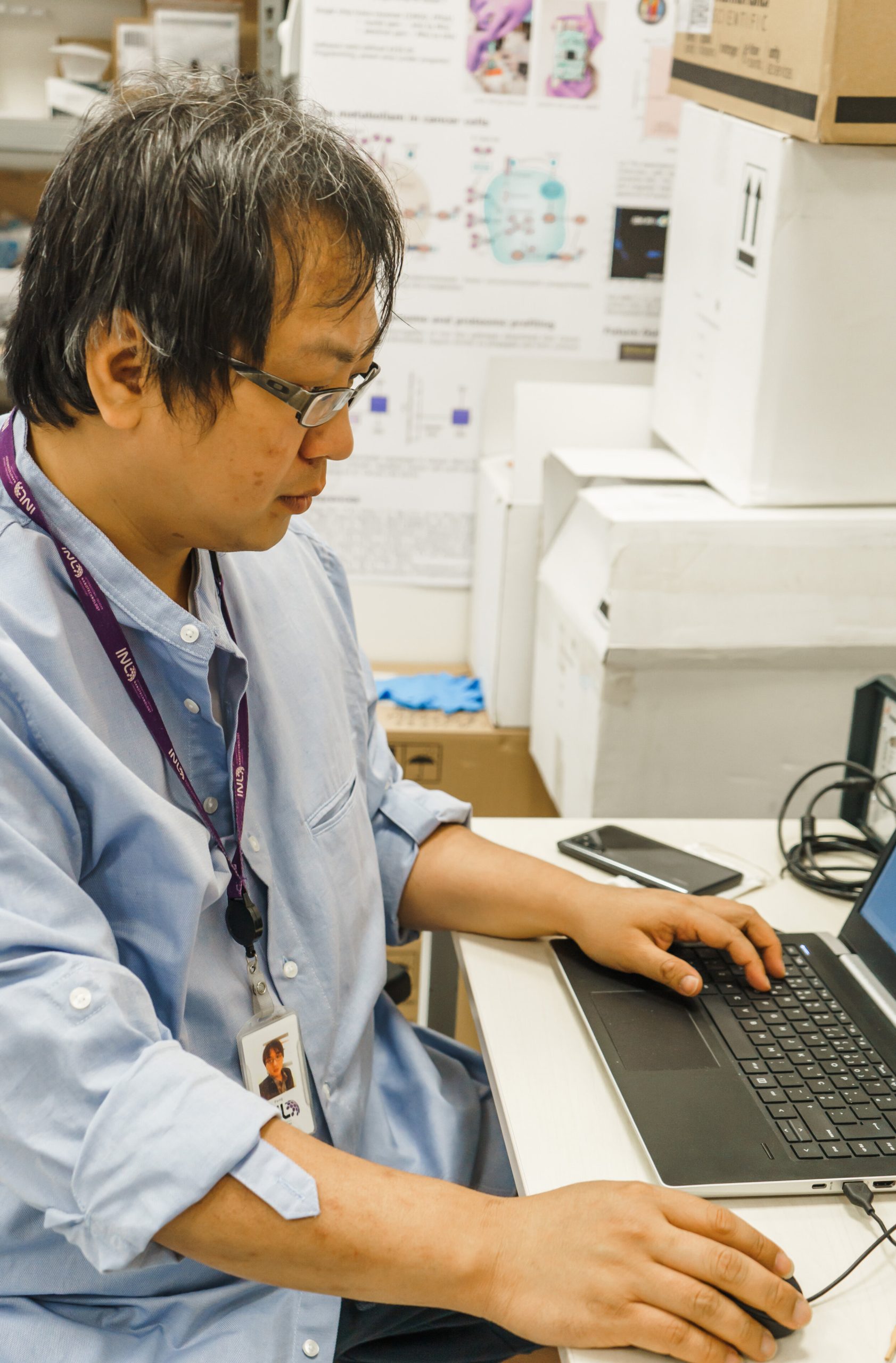
INL researchers discover new insights into diabetes
October 8, 2020
Weng Kung Peng, a researcher from the INL – International Iberian Nanotechnology Laboratory, in collaboration with researchers from Singapore and the Massachusetts Institute of Technology (MIT), developed a new technique to measure oxidative stress that allowed a potential new way of classifying patients with diabetes mellitus.
Diabetes is a disease characterized by abnormally high blood glucose. High blood glucose in turn can cause oxidative damage and is associated with long-term complications of diabetes. Using a home-built NMR-based micro scanner, the team demonstrated that the oxidative status of red blood cells can be rapidly phenotyped from a single drop of blood. The red blood cell oxidative status may provide a new diagnostic dimension for risk-stratification of patients with diabetes. This may allow for more tailored monitoring and treatment of patients.
This work was carried in parallel with the hemoglobinopathies work which was published recently in Communications Biology, using the same technology. According to Weng Kung Peng “this new technology gave us the cutting edge and the ability to translate the know-how into translational clinical practices immediately. I am optimistic that we will be able to leverage the technology to achieve breakthroughs in other diseases such as malaria, or a particularly aggressive form of cancer known as glioblastoma”.
“This report opens a new door to the field of bio-sensing, by enabling more direct, non-labeled measurement of the degree of inflammation in the blood,” said Jongyoon Han, who is a Professor at MIT BE (Biological Engineering) and one of the senior authors of this work.
“We are learning new aspects of oxidative stress in relation to diabetes. Given additional new information related to red blood cell oxidative status, patients can be sub-stratified beyond conventional biomarkers, which may translate into better diagnostic performance”, added Tze Ping Loh, who is the Research Director (Laboratory Medicine) of the National University Hospital, Singapore, and another of the senior authors of this work.
A paper of the team´s breakthrough is published in the journal, npj Aging and Mechanisms of Disease (doi 10.1038/s41514-020-00049-0).
Link to the original article https://www.nature.com/articles/s41514-020-00049-0



